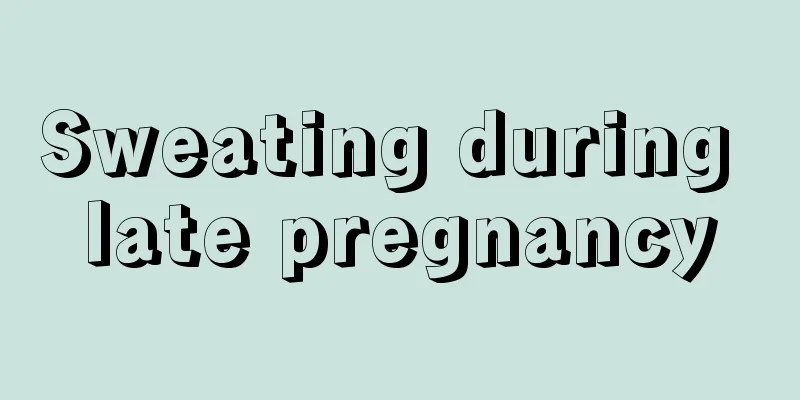What effects does sterilization have on women’s bodies?

|
The so-called female sterilization is to tie the fallopian tubes through certain means. In this way, the female's eggs cannot be discharged normally, so pregnancy can be avoided. What everyone needs to know is that female sterilization is like a minor operation. Any operation will be dangerous. Female sterilization may cause the following harm to the body. 1. If you don’t really want to have a vasectomy or are young and don’t think much about it, experts say that the chances of problems occurring after the vasectomy may actually be higher. 2. Sexual life is affected, the main manifestation of which is decreased sexual desire and unwillingness to have sex. 3. Irregular menstruation Many women have normal menstruation before having tubal ligation. However, after tubal ligation, menstrual cycle disorders, excessive or insufficient menstrual flow, dysmenorrhea, amenorrhea, and oligomenorrhea may occur. This is called "menstrual disorder after tubal ligation." 4. During the ligation operation, some blood vessels entering the ovaries may be damaged. The hormones from the pituitary gland that stimulate the ovaries may decrease, so the ovaries will not work normally, which may cause harm to female sterilization surgery. 5. Some statistics indicate that the chance of needing a hysterectomy due to gynecological problems after a sterilization operation is higher than for the general population. 6. Women will experience the following emotional changes after tubal ligation: The patient is nervous and anxious, easily irritable and often loses temper, and suffers from memory loss. There is a pessimistic and melancholic mood, manifested as depressed thoughts, silence, low mood, accompanied by poor appetite, weight loss, decreased libido, increased heart rate and other symptoms. 7. Irregular bleeding between periods This is due to the rupture of the follicle and the fluctuation of estrogen, which cannot maintain the growth of the endometrium, causing local ulceration and shedding of the surface layer of the endometrium, resulting in a small amount of breakthrough bleeding. This is the phenomenon of ovulation bleeding. After ovulation, the follicle quickly turns into a corpus luteum, which can secrete a certain amount of estrogen and progesterone, which can quickly repair the ruptured endometrium, and the bleeding will stop automatically. Therefore, the amount of bleeding during ovulation is generally very small, and it will stop automatically after a few hours or days. No treatment is required. |
<<: What are the causes of lumbar disc herniation in women?
>>: What should I do if I have stretch marks on my thighs? These three tips are very effective!
Recommend
Why are there more and more cases of "kidney failure" in my country? These habits are quietly destroying your kidneys
Kidneys, the "purification plant" in th...
Three stories, recalling the touching doctor-patient relationship
His name is Kang Kai, and he is the inventor of t...
What are the characteristics of tennis shoes? How to maintain tennis shoes
Tennis is a sport that requires fast and flexible...
What causes uterine cysts?
There are many reasons why women experience abdom...
Girl feels chest tightness and hard mass
In life, many girls often feel chest tightness. W...
What is wrong with leucorrhea with blood before menstruation?
Leucorrhea is a barrier in the female body. It no...
How much does a bottle of Want Want Coconut Milk cost? Is Want Want Coconut Milk delicious? How does it taste?
We all know that Want Want is a popular snack bra...
What should I pay attention to and how many days I should rest after curettage?
For many women, if they get pregnant unexpectedly...
Heavy menstrual flow with blood clots after IUD insertion
What is the reason for heavy menstrual flow and b...
What are the dangers of having sex 20 days after an abortion?
Young people nowadays are very open-minded, so du...
Is cerebral thrombosis getting younger? How should we prevent and care for it in our daily life?
Speaking of cerebral thrombosis, I believe everyo...
What should women do if urination causes stinging?
In our daily life, many women experience pain whe...
Which gynecological tumors are suitable for surgical treatment?
1. Benign tumors In principle, once benign gyneco...
Abnormal vaginal discharge after menopause
When women reach their 40s or 50s, most of them s...
What causes pregnancy contractions?
When a pregnant woman is about to give birth, the...









